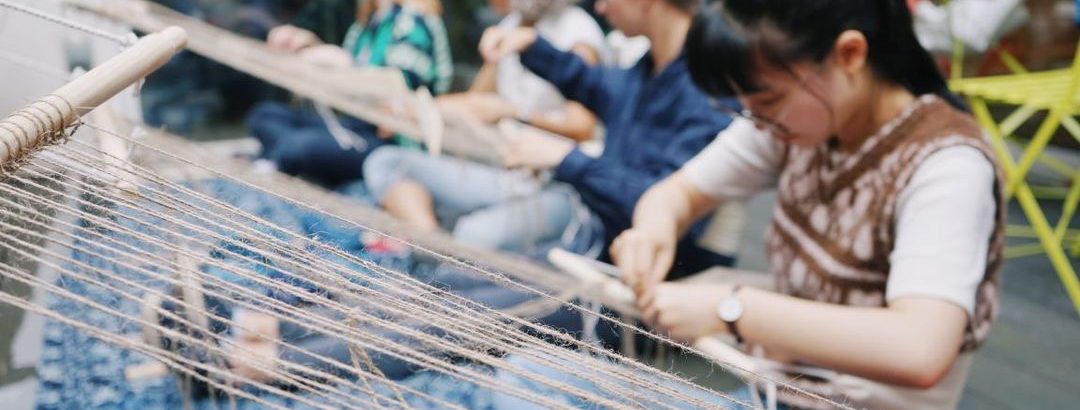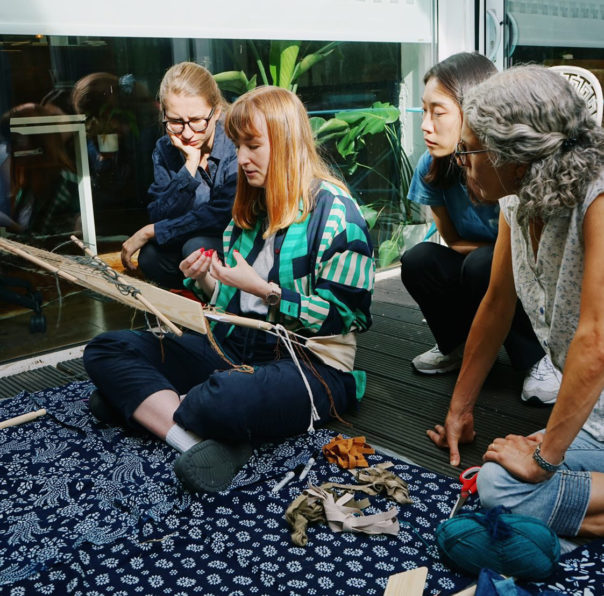Backstrap Weaving with Alexandra Lucas


Backstrap weaving is a practice that originated mainly in South America and South East Asia, as well as in Eastern Europe, as a process to make traditional textiles.

With backstrap weaving, you, as the weaver, are the driving force that makes the whole loom come together. It relies on your movement to open up the shed sticks and grow the piece. The whole loom relies on the weaver resting the “backstrap” on their waist which is connected to the front and back beams, which in turn are connected to a sturdy surface (be it a table, a tree or your bed).
In this bookable 2 hour workshop, you’ll learn about the structure of the backstrap loom and how it works; how to set up your loom from scratch for tapestry weaving; understanding the mechanics of the loom and how it works with the movement of your body; basic stitch and weft interlocking; finishing techniques for when the piece is taken off the loom.
All levels are welcome, even if you’ve never tried weaving before!
Workshop Information:
The workshop is taking place in the Temple Gallery of Blackburn Cathedral. There is level access into and around the Cathedral and there is a lift available to all floors. The Temple Gallery can be accessed via the cafe entrance or via the main nave.
Please note: on Sunday, the Cathedral will be open to the public and hosting prayer services throughout the weekend, so please be mindful and keep noise to a minimum on entry.
Please arrive at the venue 5 minutes before the workshop. Unfortunately your place may be allocated to a participant on the waiting list in the event of late arrival.
Alexandra Lucas studied Textile Design at Central Saint Martins and she is now running her own weaving practice in North East London. Alexandra weaves tapestries and rugs on an ancient backstrap loom which is strapped onto her body. Whenever the weaver moves forward or backwards, the loom changes and morphs into what she needs it to be. It is labour intensive, tedious but surprisingly meditative. Her work often touches on the themes of nostalgia, be it through abstracting family albums or weaving crisp packets as an ode to her ultimate childhood comfort food. She’s fascinated with the fact that weaving is a practice that connects us all as humans across history and cultures. Each piece is made with traditional techniques for the modern context, made to last and be cherished for years to come.